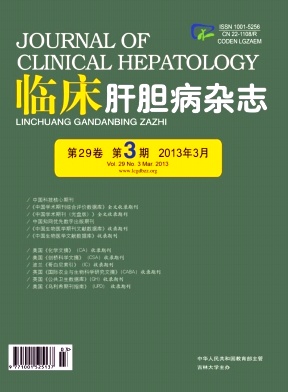Objective To retrospectively evaluate the therapeutic efficacy and safety of endoscopic retrograde cholangiopancreatography (ERCP) for treating acute cholecystitis in geriatric patients 75 years and older in age.Methods The clinical records of our institute were searched to identify aged (75-84 years old) and elderly (85 years and older) patients who underwent ERCP between January 2008 and December 2012 for new or long-term cholecystitis.The cholecystitis was clinically characterized as acute attack time (s) of one to five days and diagnosis was confirmed by imaging analysis (including abdominal ultrasound, computed tomography, and/or magnetic resonance cholangiopancreatography) .All surgeries were carried out with the endoscopic nasogallbladder drainage (ENGBD) procedure.Postoperative symptoms (such as abdominal pain and fever) and clinical findings (such as C-reactive protein (CRP) level, imaging findings, and bile drainage volume and consistency) were recorded, along with follow-up data of outcome and symptomology, for summary evaluation.Results A total 24 patients, including 13 men and 11 women between the ages of 75 and 88 (mean: 81.00±3.23 years) , underwent ERCP examination.The cases included general cholecystitis (75.0%, n=18) and acalculous cholecystitis (25.0%, n=6) .In addition, 13 (54.2%) cases had biliary stones and two (8.3%) cases had bile pancreatitis.The ENGBD tube was successfully inserted into the gallbladder in all cases.Twenty-one (87.5%) patients experienced relief of abdominal pain and fever within 24 h of the surgery.CRP level decreased to normal for all (100%) patients within six days of the surgery.Two (8.3%) patients experienced hyperamylasemia within three days of the surgery, and both cases resolved prior to hospital release.There were no cases of ERCP-related hemorrhage, perforation, pancreatitis, or death.Follow-up time ranged from three to 12 months, during which 23 (95.8%) patients showed long-term remission.The presence of persistent symptoms was addressed by laparoscopic cholecystectomy.Conclusion ERCP with the ENGBD procedure is an effective and safe treatment modality for acute cholecystitis in aged and elderly geriatric patients.













 DownLoad:
DownLoad: